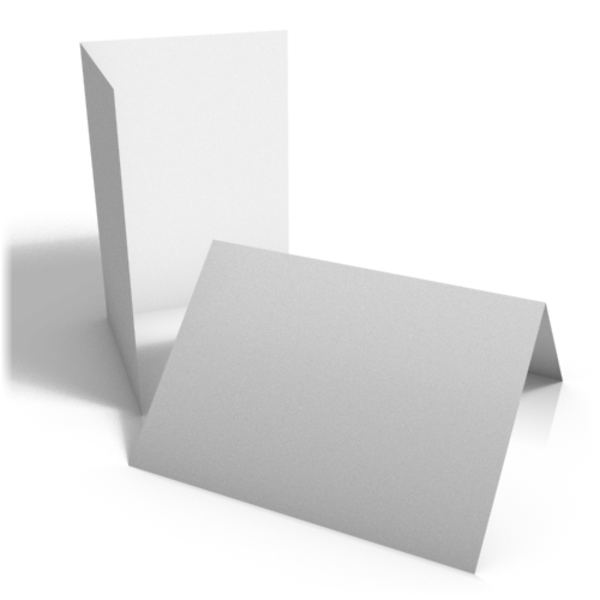Solid Card

Solid card, also known as cardstock or heavy-weight paper, is a thick and sturdy type of paper commonly used for various applications that require durability and rigidity. The content and composition of solid card can vary depending on the manufacturer and specific product, but here are some common elements:
- Cellulose Fibers: Solid card is primarily made from cellulose fibers derived from wood pulp. The fibers are processed and refined to create a dense and compact structure, resulting in a thick and robust paper material.
2. Additives: Various additives may be incorporated into the solid card during the manufacturing process to enhance its properties. These additives can include binders, fillers, sizing agents, and pigments. Binders help to improve the strength and cohesion of the fibers, while fillers and pigments contribute to the color and visual appearance of the card.
3. Thickness and Weight: Solid card is characterized by its thickness and weight. It is typically thicker and heavier than regular paper, with weight measurements given in grams per square meter (gsm) or pounds (lb). The thickness and weight of solid card can vary, ranging from lightweight cardstock around 80 gsm (approx. 20 lb) to heavyweight cardstock exceeding 300 gsm (approx. 110 lb) or more.
4. Surface Finish: Solid card can have different surface finishes, which affect its appearance and texture. Common finishes include matte, glossy, satin, or textured finishes. Matte finishes offer a non-reflective and smooth surface, while glossy finishes provide a shiny and reflective surface. Satin finishes offer a subtle sheen, and textured finishes can have embossed patterns or raised surfaces.
5. Color: Solid card is available in a wide range of colors, including white, black, and various shades of colors. The color can be achieved through pigments added during the manufacturing process or through surface treatments and coatings.
6. Acid-Free and Archival Quality: Some solid card products are labeled as acid-free and archival quality. This means they are pH-neutral or acid-free, which helps prevent deterioration and yellowing over time. Acid-free card is commonly used for archival purposes, such as preserving photographs, artwork, or important documents.
It’s important to consider the specific requirements of your project when selecting solid card. Different grades, thicknesses, and finishes of solid card are available to suit various applications, such as card making, scrapbooking, paper crafts, packaging, and more. Consulting the product specifications or contacting the manufacturer can provide more detailed information about the content and characteristics of a specific solid card product.
